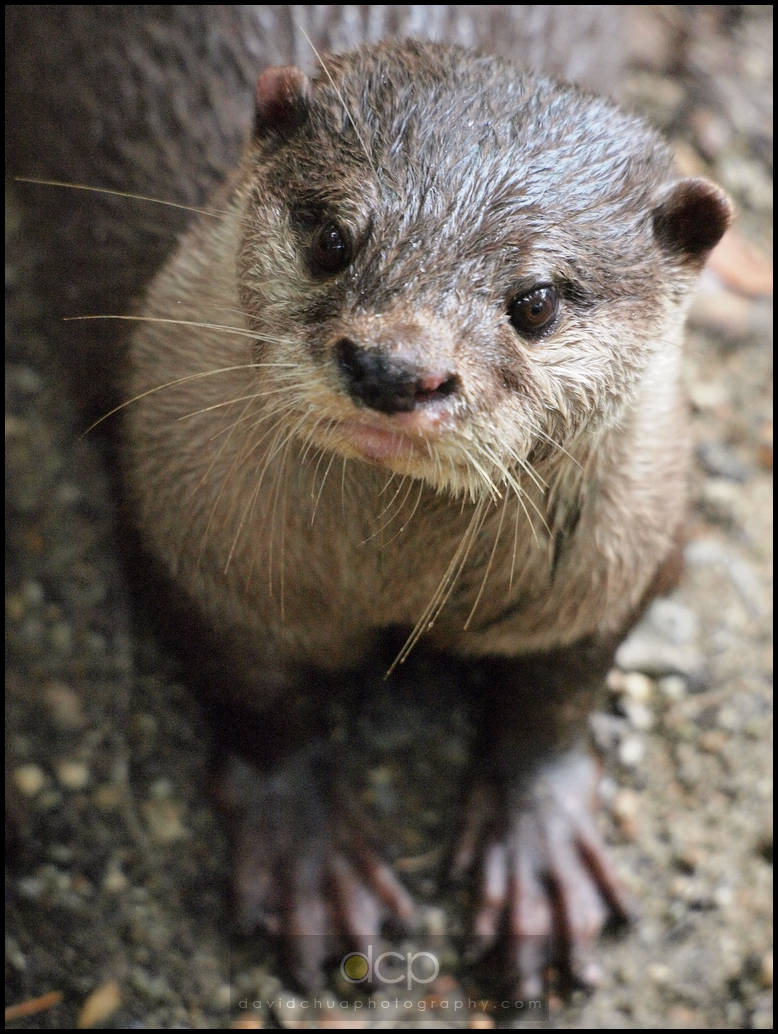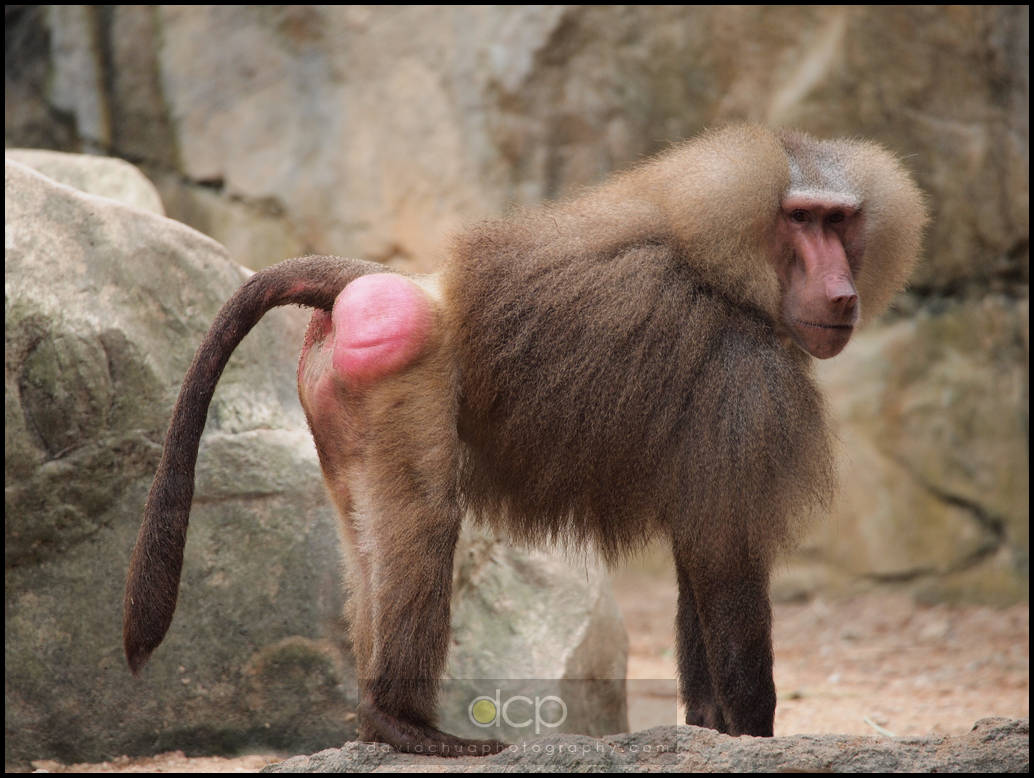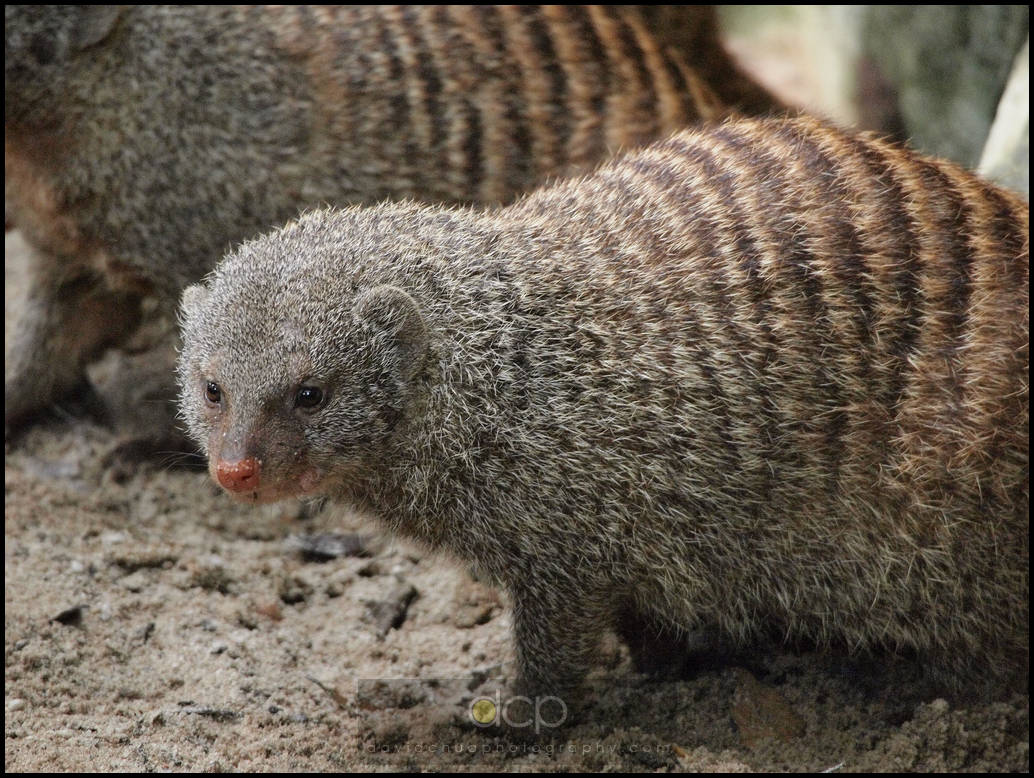I am so sorry for this long-awaited post. The current status of Olympus micro four thirds lenses have been updated to be ALL MSC (Movie-Still-Compatible) except the pancake 17mm F2.8 and the discontinued 14-42mm mk1 kit zoom lens.
This is a visit I made to the Singapore Zoo not long ago. I must say these are currently the world’s SMALLEST 80-300mm and 150-600mm (equivalent) MSC lenses available! You can hold them in ONE hand.

They do not have great apertures for those longing for F2.8 or F2. The 40-150mm comes with F4-5.6 and the 75-300mm comes with F4.8-6.7. But common sense tells us that if they are made with F2-2.8 apertures, the sizes would be considerably larger. As usual, ALL images you see in this post are SOOC (straight out of camera) with no editing done other than adding watermark and black border.


By now, in the world of the mirror-less systems, it is obvious that Olympus faces tough competition from the Sony NEX and Panasonic GF series. The market share of Samsung is still quite negligible. When it comes to buying cameras, the general consumer usually follows the larger crowd BUT the discerning consumer will look more into details like Image Colors, Sharpness and Distortion, AF speed and the practical need of image stabilization (I.S.), etc.


In today’s digital photography world, it’s common for consumers to choose cameras based upon looks rather than actual performance. At the same time, consumers want instantaneous feedback regarding which camera they should buy, either from their friends, the internet or from the salesman they deal with. We gotta remember NO Review is completely accurate on the internet and NO camera’s LCD screen is totally trustworthy!


Some tips on choosing cameras:
1. NEVER just based upon the looks
2. Bring your own memory card to the shop/showroom and test shoot with the camera
3. NEVER trust the LCD screen, always judge the images using a reasonable computer monitor (most modern monitors are okay, and the MACs have the best colors)
The MOST RELIABLE way to check for Focus-Accuracy and Sharpness is “zooming” in at your computer, NOT on the camera’s LCD screen. That’s also the way I compared GF1, NEX-3 and E-PL1’s AF accuracy in my previous posts. Just click a word in the top left hand corner “SEARCH” box and you will easily access my previous posts.
4. Test shoot both in natural daylight and indoor artificial lights (white balance), test shoot on both still and moving subjects (AF-accuracy), test shoot the minimum focusing distance and infinity focusing at widest aperture (sharpness of images and closeup magnification factor), test shoot at high ISOs (cameras today have no problem with low ISOs but it’s good to check out what’s the maximum useable high ISO).
5. NEVER rush in your decision-making.



I do not write reviews based on test charts, curves, diagrams, etc. I write reviews based on my personal experience with the cameras and lenses. We have to understand that at many times, reviewers online (including me) are not given much time with the equipments to share the most balanced view about them. That’s why I make my own purchases when necessary.
As I walked into the zoo with my family, the 75-300mm lens became my main lens instead of the 40-150mm due to it’s 600mm (effective) telephoto capability. I did not have to squeeze with the many tourists to get a front view of the animals, my camera and lenses were the smallest among all tourists who were using DSLRs, and I had the BEST reach at 600mm effective!
I did not see anyone use the same equipment as me. It’s kinda sad that I saw more NEXs and Panasonics. But of course, DSLRs still dominated the entire zoo.





Having tried the Sony NEX, the Panasonic GF1 and the Samsung NX-10 and NX100 (briefly), I would say the Olympus PEN produces the best colors straight out of camera. Among the mirror-less systems, Olympus PENs are still the smallest in size, having the smallest lenses among all.
The more knowledgeable people may argue about the limitations of a small sensor but we have printed out enlargements up to 50 inches wide with no problems.
The way I believe in photography is about using the right tool for the right job, and most importantly, in overcoming each camera’s limitations and still make outstanding images out of it.
The digital Olympus PEN, being the smallest interchangeable lens system camera which produces DSLR-like quality images with NO shutter lags like the compact point and shoots, is a great camera for anyone, to photograph your daily lives, to travel the world with it or to photograph your family snapshots.




The mirror-less system today is NOT for those who “need” to hang DSLRs on their necks to prove that they’re professionals or professionals-to-be, or for those who require 6-12 frames per second in shooting sports/birds/etc.
To me, images you make speak the loudest, NOT what you carry on your neck or shoulder. Like I said, the right tool for the right job.
This system is for those who don’t want to break their backs by carrying heavy equipments. It is suitable for light travel. It offers a great deal of opportunities for discovery, for example, the use of old manual focus lenses with F1 aperture on it. (Here)
It is ironic to see in general that newbies want big professional cameras, but the seasoned working photographers want smaller cameras.
In general, active street photographers love small unobtrusive cameras. A seasoned professional wedding photographer would not mind exploring into the use of smaller unobtrusive cameras to shoot weddings. I have personally shot weddings with a PEN and am now using one rangefinder camera alongside a DSLR for weddings and private functions. I also know of other working photographers who love their GF1s, PENs, etc. These professionals sure know the hidden photographic opportunities in the use of small cameras. DSLRs, Rangefinders or PEN, they serve different purposes.



Conclusion:
Advantages of these two lenses:
1. Small and portable. I love it when I am actually shooting the Baboon’s ass, standing at the back of some tourists holding big DSLRs with their huge telephoto lenses. LOL.
2. MSC (Movie-Still-Compatible). They are absolutely quiet in focusing when recording video unlike current DSLRs when AF sounds are easily recorded.
3. Sharpness. These lenses are absolutely sharp! Look at these 100% crop for example…


Disadvantages:
1. These lenses do not auto focus well in low light conditions due to their small maximum apertures of F4 and F4.8. Be prepared that they can’t find focus in low light.
2. When zoom is extended the maximum especially, it’s advisable to use the optional external electronic viewfinder VF-2 to help stabilize camera on your face. Looking at the Live View can make you giddy.

My overall experience has been good.
1. The option of using the external viewfinder VF-2 is necessary when it comes to using long telephotos as such. So far, only Olympus has such a bright and sharp electronic viewfinder. The Panasonic one still sucks. It’s not even half as good as the Olympus one. The NEX has no such option.
2. The Olympus in-body I.S. is still most amazing. It offers opportunities for using slow shutter speeds without lugging a tripod. The NEX has no I.S. The Pannys limit their I.S. to only a few lenses. The Olympus I.S. works on ALL lenses which can be mounted on it, and that includes all legacy lenses.
3. The depth of field of these two lenses are sufficient for my usage at the zoo. I don’t need too shallow depth of field when capturing close up shots of animals. I’d rather all the hair and whiskers around the face to be sharp! (these are definitely NOT paparazzi lenses!!! They aren’t efficient in low light )
In my opinion (IMO), the 75-300 is good for travel, for safari. The 40-150 is a much lighter option. You can opt for the 14-150mm with the 75-300 in your bag, and these two lenses will be more than sufficient for traveling the world. Total weight? Less than a DSLR with a 18-200mm lens and you get coverage from 28mm-600mm (effective range). Woohoo!

Hola, te felicito por tus fotos….están lindas, pero te quiero pedir un favor, estoy haciendo un trabajo de la universidad aqui en Perú y queria ver si me ayudas con unas fotos tomadas con un telefoto de 150mm, 300mm, y 600mm según el profesor el primero es para tomas mas generales, la segunda para planos medios y la tercera para planos mas de detalle….
Espero me puedas ayudar y prestarme algunas fotos tuyas y no te preocupes que pondre tu nombre y te envio una copia del trabajo…
Muchas gracias,
Mary.
LIMA-PERU
hi, i’m from indonesia, i have recently read your article, nice review, i like the most when u compare NEX with PEN, thats why now i have my own pen … OLYMPUS PEN E-PL 1, the cheapest, the most reliable, n most of all, THE BEST JPEG ENGINE EVER !!! even stevenhuff said that, coz personali i not like to stand long time against my computer to edit the picture i take, i just love to go outside to hunt, computer just work for me just to store my shot, n the brige to uploading to FB of FLICKR, no need to edit, coz the SOOC (straight out of camera) like u said, its AWESOME !! why do i have to edit AWESOME picture ? i like Oly colour the most. now i have two lens, the kit lens 14-42mm, n legacy lens, MINOLTA MD ROKKOR 50mm f/1.4. i love the bokeh, maybe i still lose to nokton 50mm f/1.1 of yours hehehe…